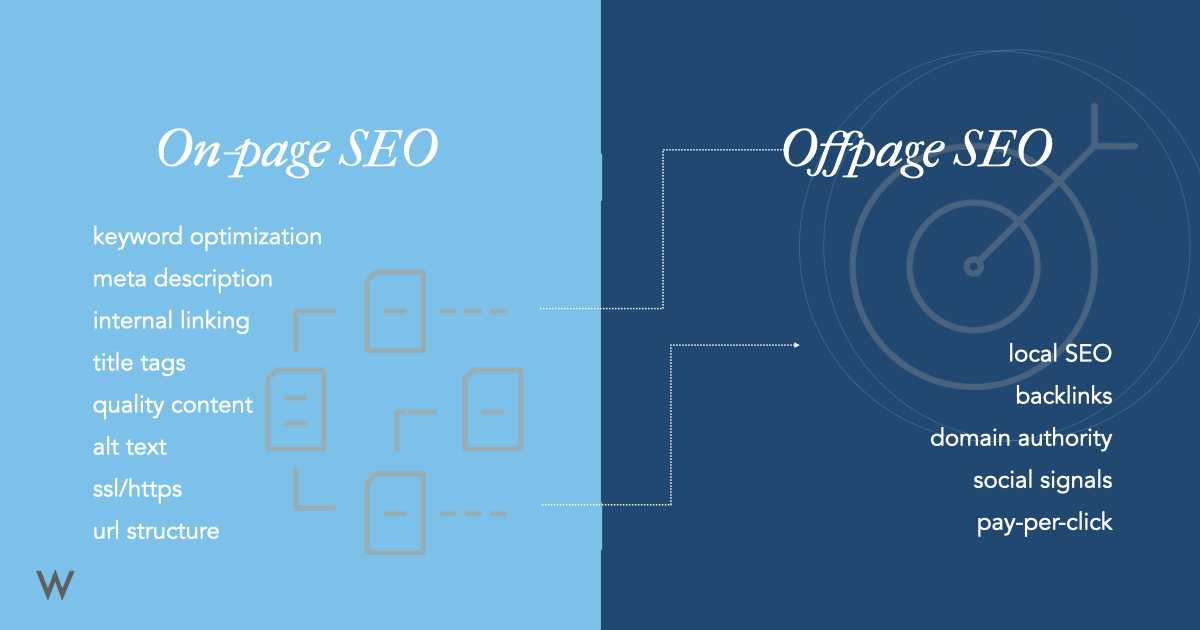In today’s digital age, having a mobile-friendly website is essential for any business looking to succeed online. With more and more users accessing the internet on their smartphones and tablets, it’s crucial to ensure that your website is optimized for mobile devices. Not only does this provide a better user experience, but it also plays a significant role in your website’s search engine optimization (SEO) performance.
Why Mobile Optimization Matters
Mobile optimization is not just about making your website look good on a smaller screen. It’s about creating a seamless and user-friendly experience for visitors who are accessing your site on mobile devices. When users encounter a website that is not optimized for mobile, they are more likely to bounce back to the search results and choose a competitor’s site instead. This can lead to a high bounce rate, decreased time on site, and ultimately lower search engine rankings.
Google, the leading search engine, has recognized the importance of mobile optimization and has made it a key ranking factor in its algorithm. Websites that are mobile-friendly are more likely to rank higher in search results, driving more organic traffic to their site.
Best Practices for Mobile Optimization
There are several best practices to keep in mind when optimizing your website for mobile devices:
Responsive Design
Responsive design ensures that your website adapts to the screen size of the device it is being viewed on. This means that your website will look great on any device, whether it’s a smartphone, tablet, or desktop computer. Google recommends using responsive design as it eliminates the need for separate mobile and desktop sites, making it easier for search engines to crawl and index your content.
Fast Page Load Times
Mobile users are often on the go and have little patience for slow-loading websites. To provide a positive user experience and improve your SEO performance, it’s crucial to optimize your site for fast page load times. This can be achieved by compressing images, leveraging browser caching, and minimizing server response times.
Touch-Friendly Navigation
When designing your site for mobile, it’s important to consider how users will navigate through your content on a touch screen. Make sure that buttons and links are easily clickable and spaced out enough to prevent accidental clicks. This will help improve user engagement and keep visitors on your site longer.
Optimized Content
Mobile users consume content differently than desktop users, so it’s important to tailor your content for the mobile experience. Keep paragraphs short and concise, use bullet points and headings to break up text, and optimize images for quick loading. By providing a streamlined and engaging experience, you are more likely to keep users on your site and encourage them to convert.
Conclusion
Mobile optimization is no longer a nice-to-have—it’s a necessity for any business looking to succeed online. By following best practices and ensuring that your website is optimized for mobile devices, you can improve your SEO performance, increase organic traffic, and provide a better user experience for your visitors. Don’t overlook this key on-page SEO factor and start optimizing your site for mobile today.
